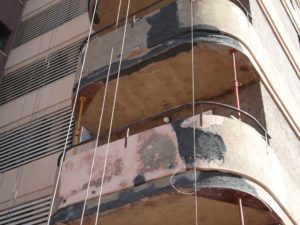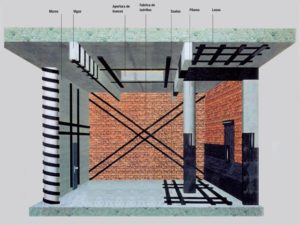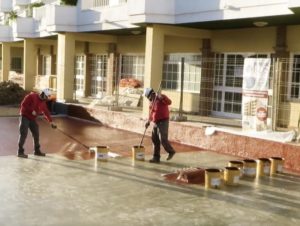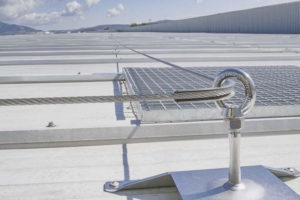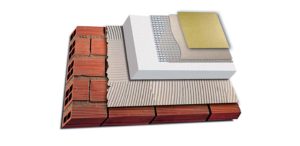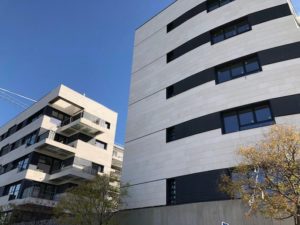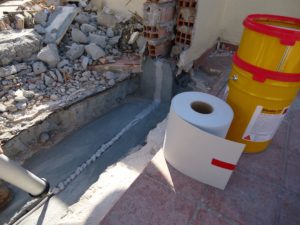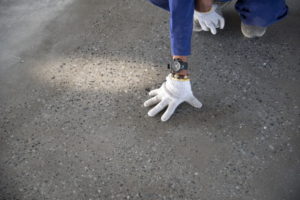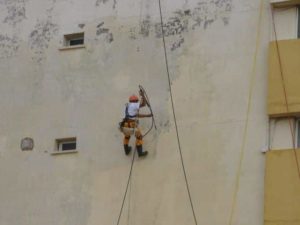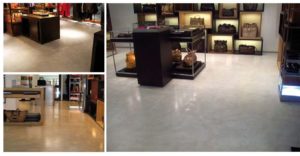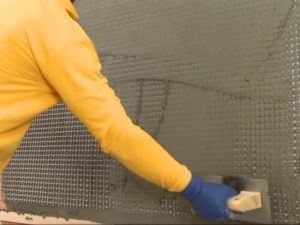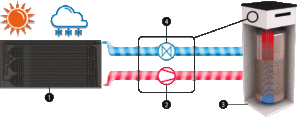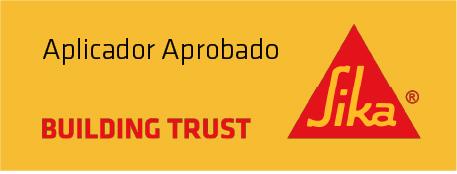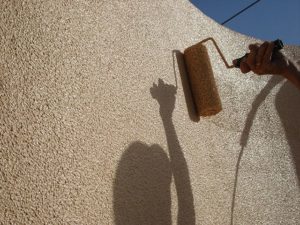
Lifelines buildings
The building lifeline is an element aimed at guaranteeing safety when carrying out any task in construction. It is an installation that is compulsory in newly constructed buildings, and we are going to learn more about the different types that exist, the elements that make it up and its main characteristics and uses.
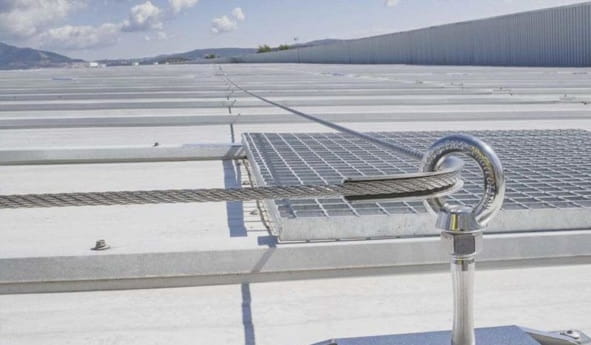
What is a building lifeline
The lifeline is a fall arrest system that is used to increase the safety level of workers and operators performing different types of work on different types of constructions.
In most cases, a temporary lifeline is used on a construction site, whereas in the case of buildings, industrial buildings and other constructions where workers may need a lifeline at different times for maintenance, a fixed lifeline is installed.
The main purpose of the lifeline is that, in the event of an accident at a high height, the worker can be restrained and prevented from falling, thus saving his life.
Types of lifelines
There are two main types of lifelines which are:
Lifelines Vertical
This is a lifeline that is designed to ensure retention in the event of a fall when working in a vertical position.
It is common to install this type of system on posters, ladders, towers and the like..
Horizontal Lifelines
These are systems installed on roofs or horizontal structures and surfaces.
This is the type of lifeline that is installed in buildings.
Elements that make up the building lifeline
Fixed lifelines installed in buildings have three main elements which are as follows:
- Anchorage point: this is the point at which the operator attaches his personal protective equipment.
- Anchor line: this is an element that is fixed to a structure and is characterised by the fact that it allows the worker to move along a certain route in a safe manner. It is very important to bear in mind that, in most cases, this anchor line is a steel cable, which must be at least 8 mm thick and whose specifications can be better known through the EN 354:2002 standard.
- Energy dissipater: this is a component designed to dissipate the kinetic energy produced when the worker falls from heights. Its configuration will depend on different factors, especially the maximum fall height. The main purpose of this element is to limit the effort transmitted to the worker to a maximum of 6 kN, for which it is made up of three elements: the harness, a lanyard and the sliding device.
Mandatory installation in newly constructed buildings
It is important to bear in mind that the life-line on the roof of buildings must be installed in all new buildings.
This ensures that operators who have to carry out maintenance work at all times have an efficient restraint system that guarantees their safety in the event of a fall.
It should be noted that the regulation of this installation is found in the UNE EN 795 Standard, which specifies the different types of lifeline that can be installed and the characteristics and particularities with which they must comply in order to offer maximum safety to the worker.
